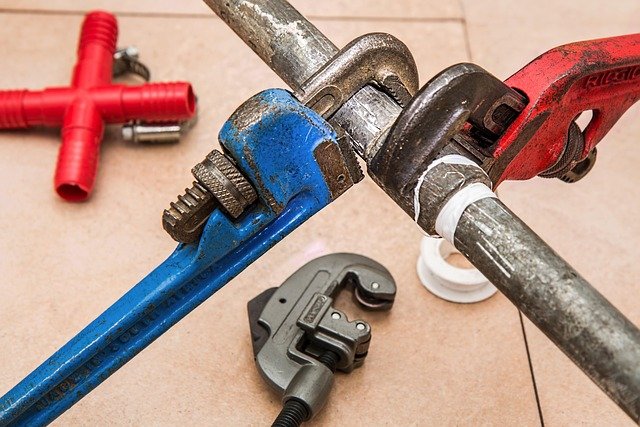DIY Restoration: Repairing and Refinishing Wooden Seating
A practical guide for restoring wooden seating used in outdoor settings such as parks and gardens. This article covers material checks, repair techniques, refinishing steps, and maintenance approaches that improve durability and accessibility for urban and coastal locations.

Wooden seating can anchor public and private outdoor spaces, but exposure to weather, use, and age gradually affects appearance and function. A careful DIY restoration restores structural safety and extends service life while taking account of materials, installation methods, and long-term maintenance. This article outlines how to evaluate timber and mixed-material seating, perform common repairs, refinish surfaces for protection, and tailor upkeep for coastal, urban, or garden settings.
What materials suit outdoor seating?
Choosing the right materials starts with understanding the environment. Timber species commonly used for seating include oak, teak, and larch because of their natural resistance to decay; metal supports are often steel or aluminum for strength. Sustainable options such as responsibly sourced timber or recycled metal reduce environmental impact. For park and garden seating, combine durable timber with corrosion-resistant metal fasteners and finishes to balance aesthetics with long-term durability.
How to assess timber seating condition?
Start with a visual inspection for splits, rot, loose joints, and corrosion where metal meets timber. Tap suspect areas with a screwdriver to detect soft, spongy wood; probe joints for movement that indicates failing fixings or adhesives. In coastal or urban locations, check for salt corrosion or pollution-related surface degradation. Accessibility concerns—like seat height and armrest stability—should be evaluated alongside structural soundness to ensure restored seating remains usable for a broad range of people.
Basic repair steps for wooden seating
For structural issues, tighten or replace corroded bolts and screws with stainless or hot-dipped galvanized fasteners. Replace sections of rotten timber with matching species and grain orientation where possible; cut back to sound wood and use dowels, biscuits, or exterior-grade glue for joins. Where metal frames are bent or cracked, consider welding or professional metalwork depending on severity. Sand edges smooth and ensure seat profiles and heights comply with accessibility considerations for public use.
Refinishing: sanding, stain, and protection
Remove old finishes with a combination of sanding and appropriate chemical strippers where necessary, working with the grain to avoid damage. Select exterior-grade stains or paints formulated for timber and suitable for your climate—clear sealers preserve natural grain but may need more frequent maintenance. Apply UV-resistant, water-repellent finishes and recoat according to manufacturer guidance. For sustainability, prefer low-VOC products and maintenance systems that allow targeted touch-ups rather than full replacements.
Maintenance for coastal and urban settings
Coastal seating requires extra protection from salt spray: use stainless or marine-grade fixings, frequent rinsing to remove salt deposits, and more robust sealers. Urban seating may face graffiti, pollution, and heavier use; choose finishes designed to resist staining and allow for easy cleaning. Establish a routine maintenance schedule that includes inspection, cleaning, and touch-up finishes every 6–18 months depending on exposure. Proper maintenance preserves durability and reduces the need for major restoration.
Installation, accessibility, and long-term durability
Correct installation affects longevity: ensure foundations and anchors suit the surface—concrete pads for permanent park seating or bolted baseplates for adaptable garden layouts. Consider mounting heights, armrests, and clear space for wheelchair access to meet accessibility needs. Use corrosion-resistant connectors and allow for timber movement when planning joins. Thoughtful installation and material selection together increase service life and reduce lifecycle environmental impact.
Conclusion Restoring and refinishing wooden seating is a practical way to extend the life of outdoor furniture while addressing safety, accessibility, and environmental concerns. By assessing materials, following careful repair techniques, choosing appropriate finishes, and adopting a consistent maintenance routine tailored to coastal or urban conditions, you can preserve functionality and appearance without unnecessary replacement.





